Didn’t I just get permission to send a book? Well, yes I did. He is getting to the borderline adolescent/young adult stage. Shouldn’t Grandpa use his expertise to provide some landmarks? I picked a book about skateboarding and two books that I felt every young boy should at least try. In fact, I have anecdotal information that Paulsen’s Hatchet and Wilson’s Where the Red Fern Grows are nearly universally loved. In fact, I had a pre-service English Teacher tell me Hatchet was his favorite book in middle school and maybe the only book he voluntarily read during those formative years. I placed the order and waited for the feedback.
| It is nice when your family thinks you have made a great decision, but when all of America agrees with you that is something else again. Yes, I scored and Meredith Vieria and the rest of America’s readers agree with me. Like many of you, I tuned in to The Great American Read a couple of weeks after my big birthday win. I wanted to see what was up and add a few titles to my never ending list of books to read. Frankly, I didn’t count on finding many children’s or young adult titles on the list. I was pleasantly surprised. Of course, both Hatchet and Where the Red Fern Grows were on the list. But wait there is more good news. By my count, there are 23 titles on the list, nearly a quarter of the 100 books that could be classified as children’s or young adult. Let the arguments begin. |
Group 1
The first group includes only three books. Technically, all three might be considered classics of children's literature. We have to remember that the concept of the adolescent post dates all of these titles. While they are still read by young people, I would like someone to provide some data about at which ages kids start reading these titles: Alice's Adventures in Wonderland, Little Women, and Tom Sawyer. What's your opinion? Do these books belong in a top 100 lists? Are they favorites because people discovered them when they were young? If we were to classify them now, would they be YA? Were they even written with an adolescent audience in mind?
Group 2
I am quite sure that J. D. Salinger did not see The Catcher in the Rye as a novel for teens. Nevertheless, its themes of loss of innocence and a distrust of adults was one of the hallmarks of the early realistic YA novel and both remain prominent, if not dominant, themes of the classification. Lee's To Kill a Mockingbird remains one of the primary ways that young people are introduced to the themes of racism and social justice. Is it a perfect text or the perfect model of behavior? I think not. But it has its strengths. A Separate Peace by John Knowles was in my curriculum every year that I taught tenth grade. Students liked it. The themes of friendship, death, and war resonated with my students. I liked teaching it and just finished writing a chapter about it for a forth coming book. in addition, the latest edition of the book has an afterward by David Levithan. For my money, David has a pretty good eye for quality literature.
Others will take issue with the Harry Potter series and claim it as Children's literature. I think that is probably true with the beginning books in the series. As the characters age and the books begin to take on the issues of adolescents directly confronting adulthood, I believe the books become squarely Young Adult.
It is impossible to argue with the success of either the Twilight and The Hunger Games series. Both series are terrific reads. The plots move and those of us who where teaching when these books arrived can attest to the fact that kids--and perhaps their parents--were devouring them. One might argue with the stylistic quality of some the writing, but plot and character development are strong and compelling. Publishers relished the rise of books with fantastical creatures--vampires, werewolves, and zombies and a renewed interest in distopian conflicts. Both books have been aided by the movies that accompany them and have become legitimate, bankable franchises.
Looking for Alaska in often considered John Greene's tour de force. I love the book, but I also think he had a lot to say in An Abundance of Katherines and Paper Towns. His books are clearly placed in the context of the YA realistic problem novel. I am one of those critics who still thinks we should pay attention to everything he writes. I think there is more to come.
The final book in the group is in the spirit of Feed and The Last Book in the Universe. Cline's Ready Player One takes on the role technology, gaming, and corporate control play in the modern world. I read it and start to wonder just how far in the future it might be.
Whether you agree are not with my short assessments about these 23 titles, I think you would agree that American readers haven't done a bad job of giving us a set of novels that good easily be the core of class on Young Adult literature. The list, however, seems a bit short and restricted. I would love to add a couple of titles to hit some gaps. For my money, both Woodson's Brown Girl Dreaming and Draper's Copper Sun would be welcome additions to the list. I also think that American Born Chinese, We Were Here, and Yaqui Delgado Wants to Kick Your Ass should be there as well.
There are two final points too make about an already pretty good list. First, Young Adult literature, as a classification, is full of quality novels. Second, the list needs to be more inclusive in a number of ways. Both points suggest the beginnings for future blog posts.
Start reading and start voting.
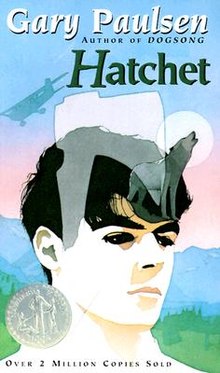
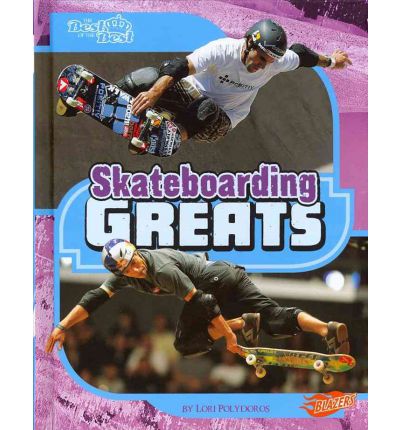
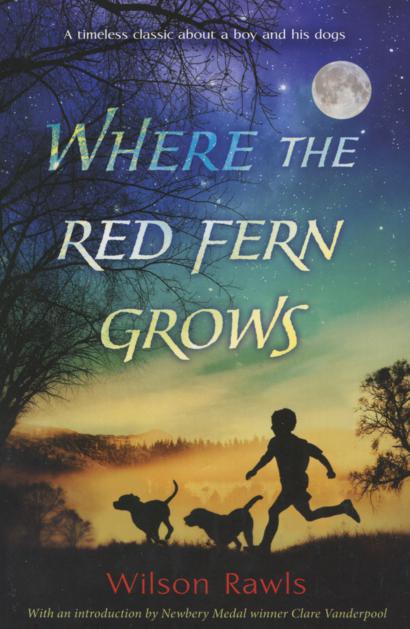
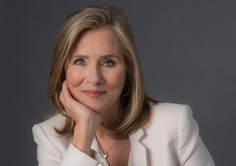
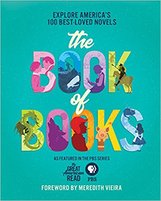

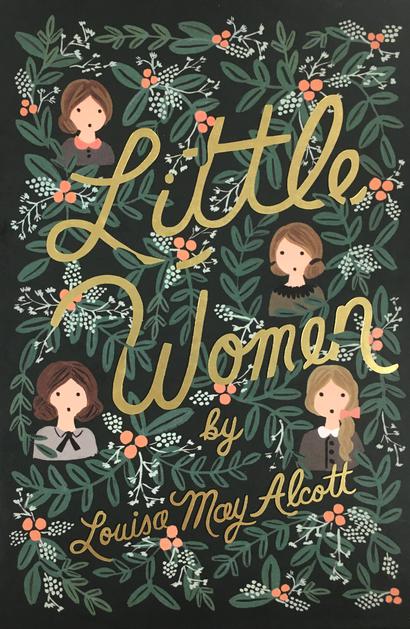
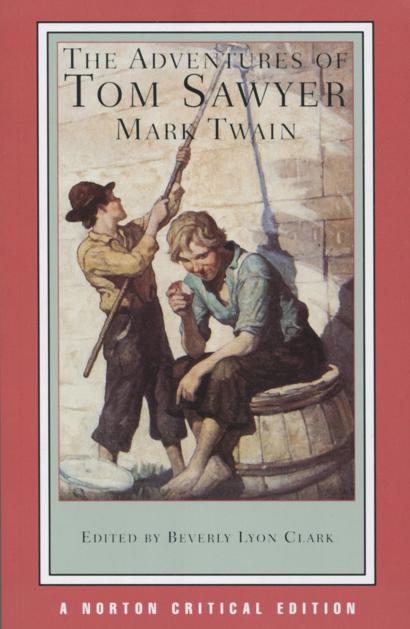
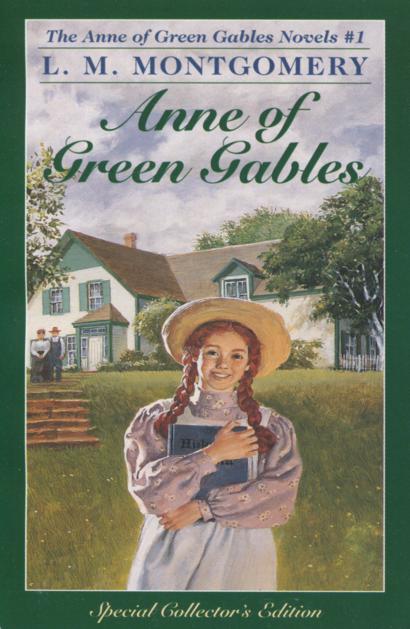
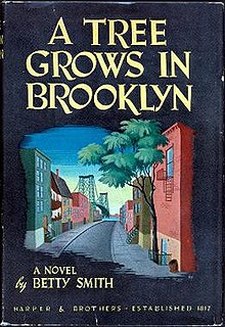
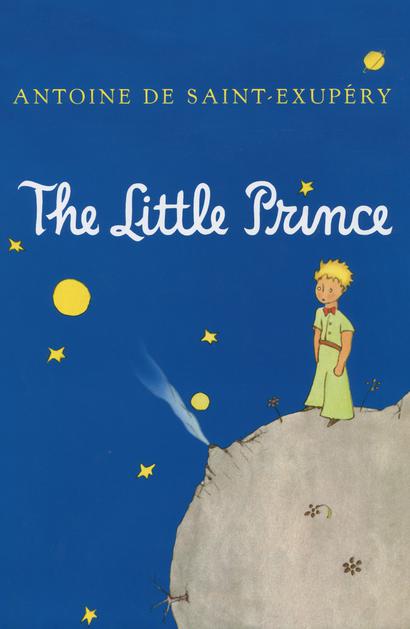
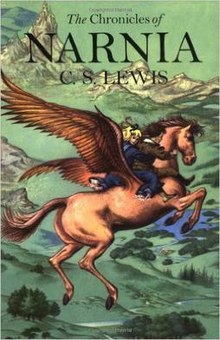
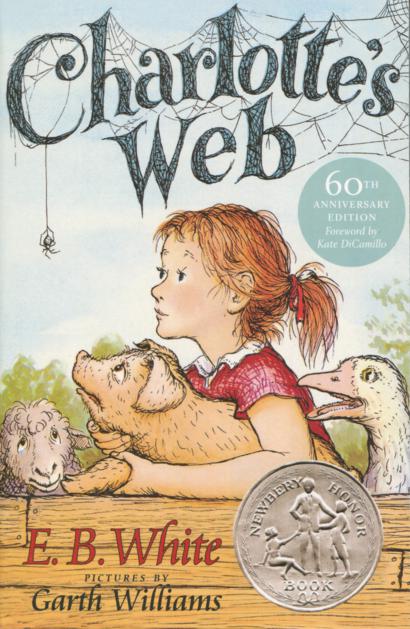
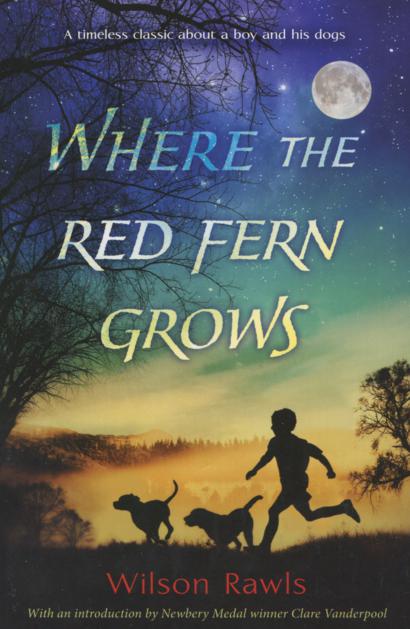
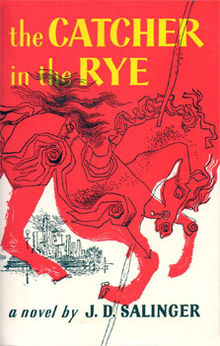
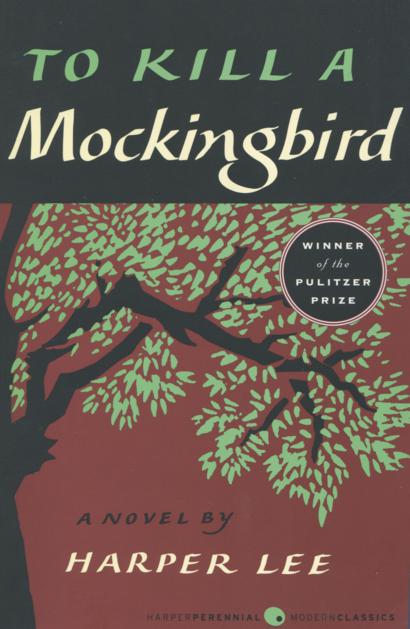
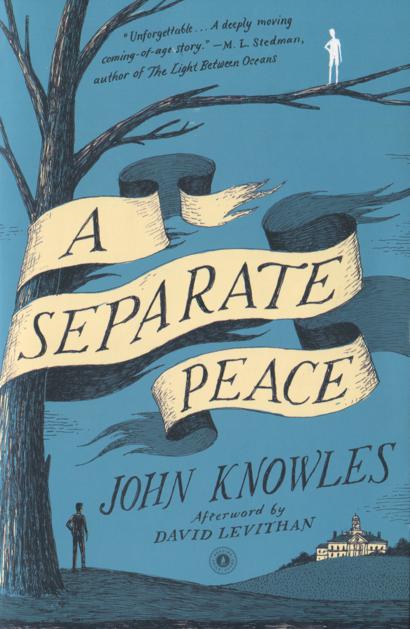
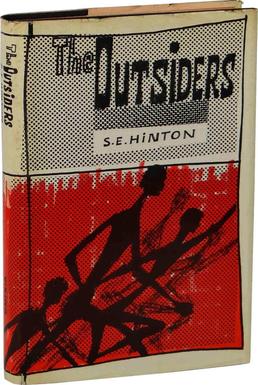
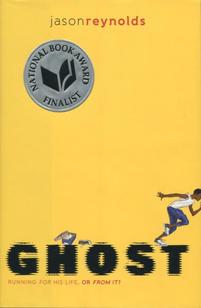
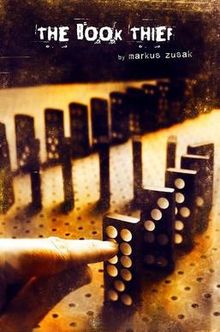
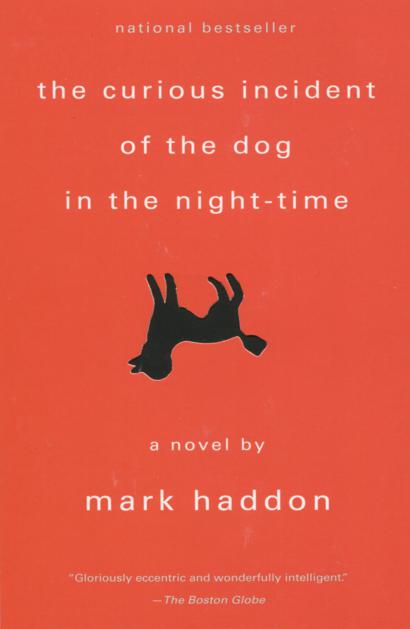
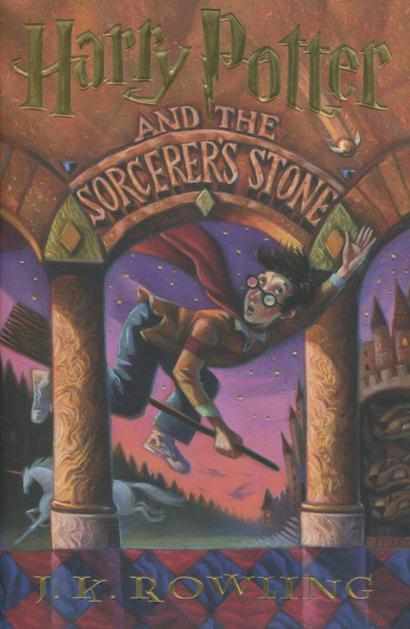
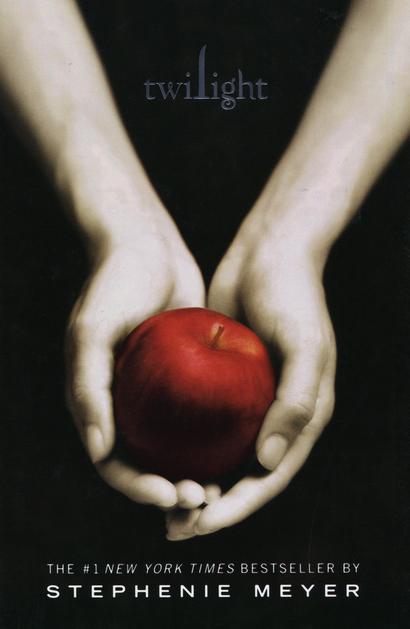
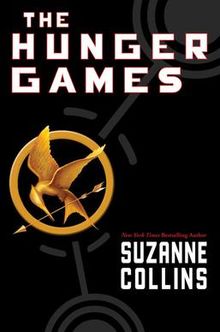
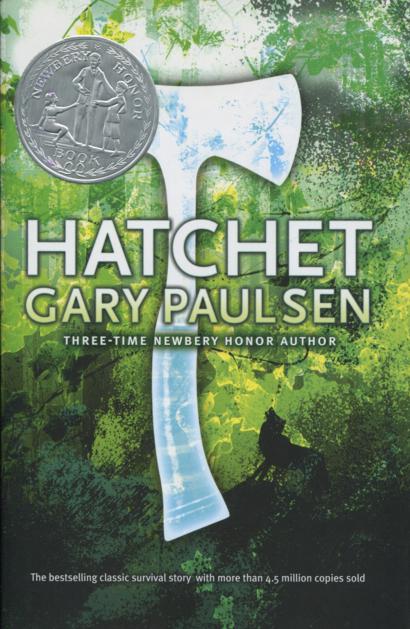
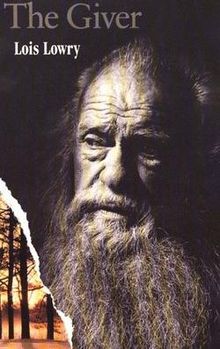

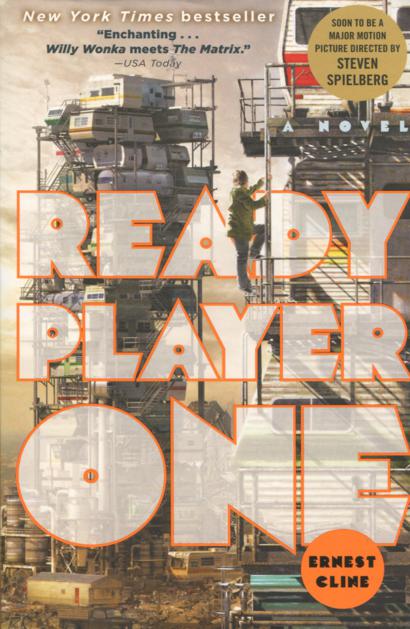

 RSS Feed
RSS Feed